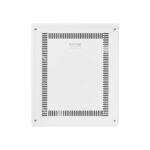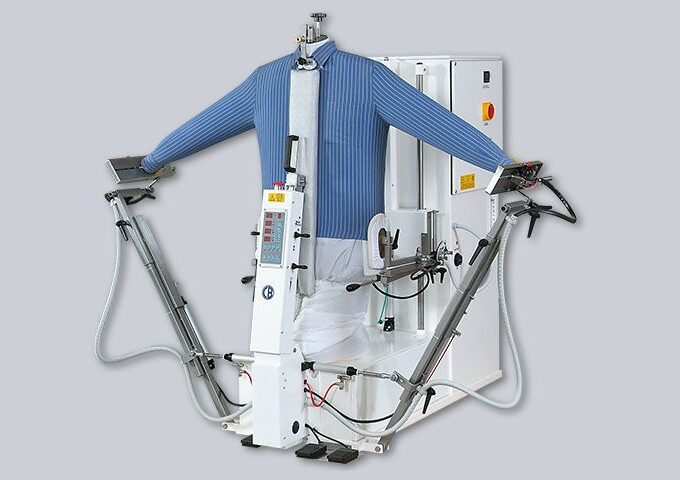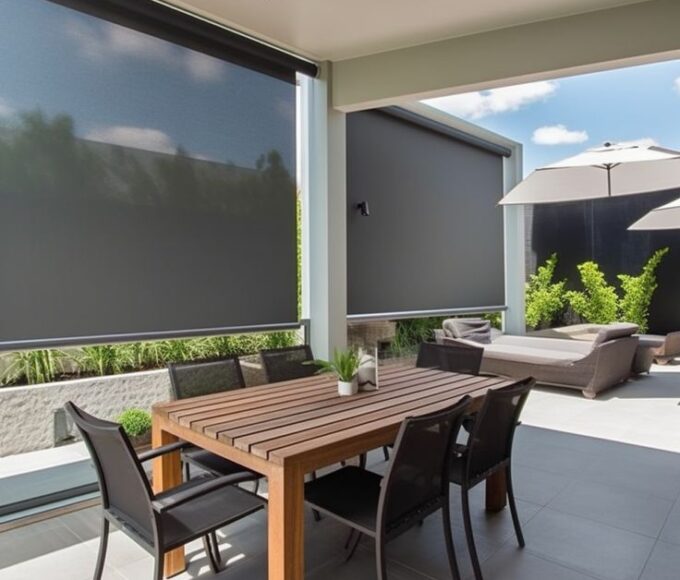Placing a roof platform can be one of the ideas that may have come to your head when it comes to using the maximum of your roof space. Such structures not only offer practical advantages, but also open doors to possibilities of the residential and commercial houses. How about turning a rooftop that is not in use into a colorful garden, a comfortable lounge or even a useful workspace.
But could it be worth it to invest in a roof platform? The solution is to be aware of its different varieties, its benefits and its implications prior to such a serious move. Is it time to make your outdoor life more convenient or is it time to make a building more accessible? To help you understand whether it is worth your roof platforms, you can take the time to learn more about that world. You know what is so interesting about these elevated spaces and how they can be incorporated into your vision!
Different Types of Roof Platforms
In case of roof platforms, there are different kinds of roof platforms serving diverse needs and interests.
Flat roof platform are famous because of their simplicity. They offer a large space that could be used to carry out maintenance, or even socialize.
A more architectural look is provided by pitched roof platforms. Their styles usually go hand in hand with the aesthetics of the house but they offer necessary entries.
Retractable platforms are becoming popular because they can be put back in place when they are not needed. These multipurpose options have the ability to extend or fold when they are not in need, and they are useful in an urban environment.
Expert rooftop gardens are also used in two ways because they combine greenery and functionality. This strategy will change idle areas into serene escapes and provide structural advantages.
Modular options can be customized and assembled easily, and optimally adapted to various structures. Every kind has its own functions depending on the needs of the homeowner and his/her lifestyle preferences.
Factors to Consider Before Installing a Roof Platform
Whatever you want to do on a roof platform, it is necessary to make a decision depending upon the intention. Is it to be used as a maintenance, storage or as an outdoor space? The knowledge of its primary role will inform your choice of design.
Then inspect the structure of the building. Not all roofs are able to sustain extra weight. It is important to consult a structural engineer to find out load-bearing capacities.
Regular laws are also a factor. The rules of zoning and code of safety can determine where and what you construct. It is important to always consult your local authorities before you do so.
Consider accessibility too. Installation of a platform implies the provision of safe access procedures such as stairs or ladders.
Consider the weather in your locality. A sturdy substance that can withstand the extremes will increase the lifespan of your roof platform by a long margin.
Maintenance and Safety Measures for Roof Platforms
Roof platforms need regular maintenance. The checking of the structure is carried out to make sure that it is safe and functional. Check on wear and damage or loose fittings.
Another type of work is cleaning. Get rid of litter such as leaves and dirt that may be in the long run. This stops the accumulation of water and minimizes the chances of leakages.
The safety measures should not be neglected. Wear appropriate individual protective gear when climbing a roof top. Non-slip shoes, hard hats and harness can significantly help to prevent accidents.
Develop usage guidelines, also. Ward off congestion and possible collapse by limiting the number of people on the platform at any given time.
Awareness is developed by training the team members on safety measures. Frequent training is done to make sure that everyone is familiar with what to do in case of an emergency situation during work up high.
Cost Comparison with Other Options
It is imperative to compare the price of roof platforms to other solutions when making the comparison. Other alternatives could be scaffolds or makeshift structures. These may be less costly in the short term, but have a high tendency to have secret expenses.
Scaffolding has to be assembled and disassembled regularly. This provides labor costs in the long term. In addition, when the structure is utilized over a long period, then it might not provide the same durability that a well-constructed roof platform would present.
Alternatively, there are permanent structures such as roof access ladders that have financial implications of their own. They can have more expensive upfront costs but have long-term returns in terms of safety and convenience.
It is also important to assess the cost of maintenance. Roof platforms are also less prone to continual maintenance than other alternatives that are susceptible to weather.
Cognizing your needs and frequency of use will set you on the path of making the most cost efficient decision in your project.
Real-Life Examples of Successful Roof Platform Installations
The examples of real life illustrate the possibility of roof platforms when it comes to the practicality and benefits of the solution. A number of companies have managed to implement roof platforms in their activities, which has resulted in productivity and better safety.
An example of this is an outdoor seating area that was placed on a rooftop of a popular urban cafe in a busy city. Not only did this make the dining experience more enjoyable, but it also made it more appealing to those who are interested in seeing scenic views. The generated revenue has been utilized in increasing the menu and getting more staff members by the owner.
Speaking of which, roof top solar panels have been used by a number of tech companies. They were able to save much energy through maximizing the unused space on the rooftops and encouraging the use of sustainability programs as part of a workplace culture.
Furthermore, commercial buildings tend to use roof platform to gain access to maintenance or store equipment. The most outstanding example was an office tower that installed a strong roof platform system, which allowed easy access to HVAC units without interfering with the tenants of the lower offices.
These examples demonstrate that roofing solutions may be applied to various industries. They offer functional benefits and lead to innovative activities of the urban spaces that can be easily underestimated by many. Such structures do not only enhance functionality, but can be of benefit to the overall business performance and the environmental objectives.
















